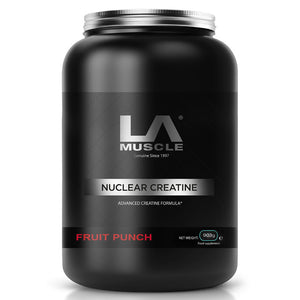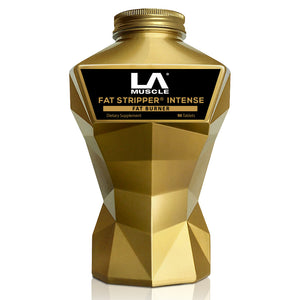As the saying goes, you can't gain muscle without breaking down muscle tissue. If it doesn't break down, it doesn't build up; if your muscles are never pushed to their limits, then growth will also be limited. So how should you go about reaching this failure point in your workouts?
There are many ways to build muscle, but one idea always seems to surface; training to failure. However, most people don't know that training to achieve failure can be either highly beneficial or detrimental, depending on the circumstances and how it's done.
What is training to failure?
Training to failure is when a person engages in an exercise until they can no longer perform it with the proper technique. This type of training is often used by bodybuilders and powerlifters looking for muscle hypertrophy. However, depending on the individual, this training style has been shown as both beneficial and detrimental. The goal is to increase the amount of time under tension a muscle experiences, stimulating more growth. It's important to note that muscles grow during rest periods, so if you're not providing adequate recovery, your muscle building plans will not succeed. When it comes down to whether or not you should train to failure, try experimenting with different intensity levels and see what works best for you!
How does it benefit muscle development?
Training to failure is a controversial topic in the fitness industry. Proponents of training to failure say that it helps you increase your work capacity and build muscle, while opponents claim that this training style can lead to injury. Regardless of the debate, if you're going for heavy lifting with little rest between sets and a slower rep speed, you're likely training close to failure at some point during your workout.
Are there any drawbacks to this type of training?
There are some drawbacks to this type of training. The first is that reaching failure leaves muscle fibers unrecruited, meaning that the muscle is still capable of more work. In essence, your muscles may be capable of lifting more weight than they would have otherwise. However, if you're looking for a strength and size increase, then this is okay.
How can you incorporate this into your workout routine?
Training until you reach exhaustion has benefits, but there are also negatives. Training until failure can lead to overtraining, linked with chronic fatigue and immune system suppression. If you have the time, consider taking long rest periods between workouts so your body can recover. Resting for at least 48 hours is recommended after a very tough workout. You also need to listen to what your body tells you! You might feel stronger than ever after a session, or maybe you're exhausted beyond belief ; know when enough is enough. Your workout routine should be tailored around how much work your body can handle and how hard it needs to work daily. Try gradually increasing intensity as opposed to going all out right away. Whatever route you choose, listen to your body's response and adjust accordingly.



























